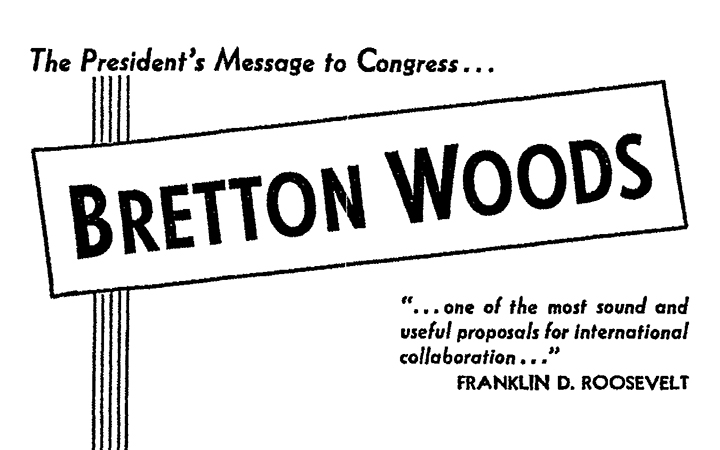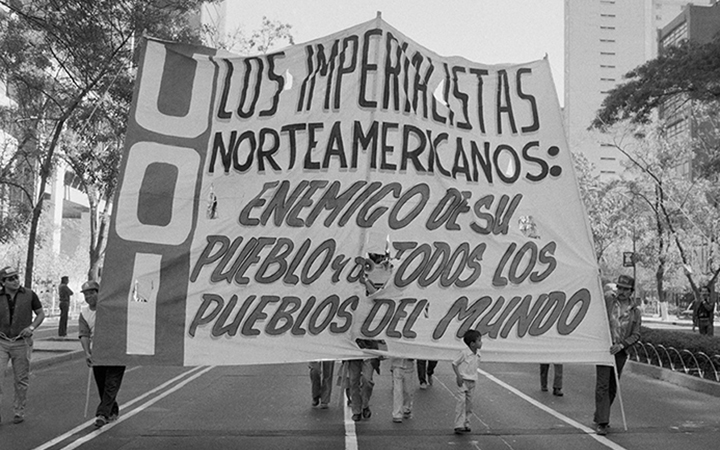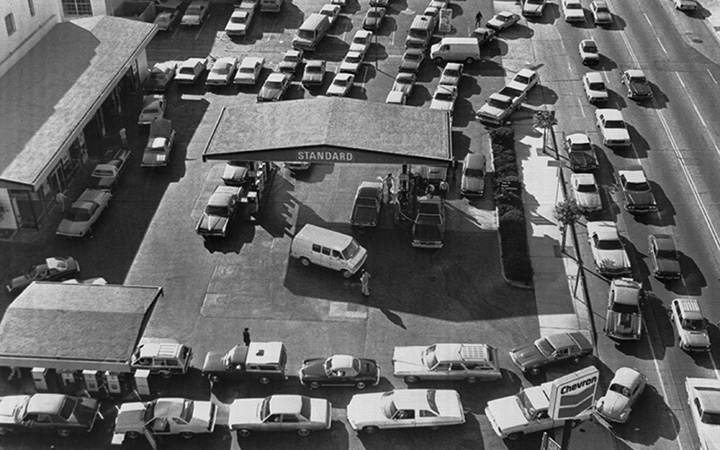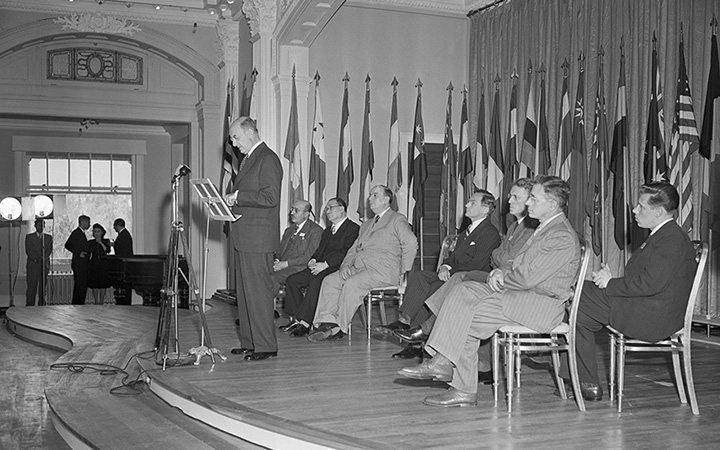
International events have shaped the American economy and Fed policy.
Read on
Read on

Asian Financial Crisis
A financial crisis started in Thailand in July 1997 and spread across East Asia

Latin American Debt Crisis
During the 1980s, many Latin American countries were unable to service their foreign debt

Oil Shock of 1978-79
The second oil shock of the 1970s was associated with events in the Middle East

Oil Shock of 1973-74
An oil embargo in the early 1970s complicated the U.S. macroeconomic environment

Smithsonian Agreement
An attempt to rescue the Bretton Woods global monetary system in 1971

Bretton Woods Launched
The international currency system became operational in 1958

Bretton Woods Created
A new international monetary system was forged in 1944
